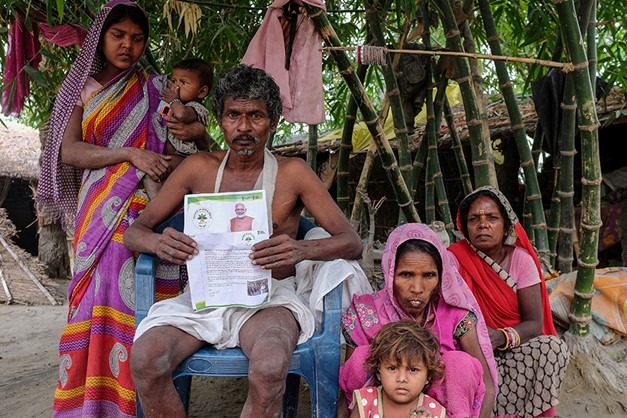Disha Bhanot, Assistant Professor at SP Jain Institute of Management & Research, Mumbai writes about how COVID-19 has exposed the dark underbelly of our healthcare system and health insurance schemes may have little chance of achieving sustained benefits.
With an objective to decrease the out-of-pocket (OOP) expenditure on health and prevent impoverishment thereof, the Ayushman Bharat – Pradhan Mantri Jan Arogya Yojana (AB-PMJAY), India’s flagship health insurance scheme was launched to provide free access to healthcare to 500 million poor and marginalised population in the country. The scheme promises health insurance of up to ₹ 5 lakh per family per year to the beneficiaries, who can access healthcare services across the empanelled public and private hospitals.
- However, various research studies across the years have found that insurance schemes for the poor in India have failed to provide the intended relief, with OOP figures higher for those using insurance schemes, mainly due to shoddy implementation, lack of infrastructure and corruption.
- The scheme covers more than 1500 surgical & medical care packages with fixed package costs. However, very often, hospitals indulge in the unethical practice of ‘balance billing’ or ‘extra billing’ to over-charge the beneficiary, leading to out-of-pocket expenditures despite the health insurance coverage.
- As per the latest data available, over 12.5 crore Ayushman cards have been issued and about 1.23 crore people have availed the benefit of this scheme. However, Ayushman beneficiaries are denied benefits they were previously entitled to under other schemes like JSY.
- In terms of implementation, state governments have the flexibility to run the scheme on Insurance Model or Trust Model. The majority of the states have implemented the scheme on the trust model. However, a shift to the full insurance model is being actively considered. Such a transition would hinder increased access to quality health care as it serves in the interest of insurance companies to suppress scheme utilisation. Also, the companies are known to not share claim data, thus putting the government on the spot as it cannot determine if the claim denials are legitimate.
- Lastly, about 54 per cent of the empanelled hospitals under the Ayushman Bharat scheme are private hospitals. However, they account for 75 per cent of the total claim value. The reason behind this skew is that majority of the empanelled government hospitals are Primary Health Centres & Community Health Centres, which are not adequately equipped to provide speciality treatments. It is this relative lack of facilities at government hospitals that reinforces the “manufactured” notion that private healthcare is better than government healthcare.
Access to quality healthcare is elusive for a large proportion of the Indian population with little over 1% of the GDP being spent on health. With a highly privatised healthcare market and in the absence of adequate regulation, there is a blatant violation of patient rights and the range of unethical practices that go unchecked. Also, national data reveals that 50 per cent of the bottom quintile population end up financing their healthcare expenses by distress selling of assets or by taking usurious loans, further plunging them into poverty.
Despite India having over 1.25 million doctors, the public healthcare system operates at a dismal ratio of eight doctors for 100,000 people. On similar lines, most of the 30,000 primary health care centres (PHCs) in India remain non-functional and ill-equipped to provide any kind of quality care—the majority of them have dismal to nil medical staff, or drugs or tests facilities. Stark state-wise disparities also exist.
Lastly, revisiting the question—is the Ayushman Bharat Scheme a win-win or win-lose, it will be fair to say that it is both and more. While it was conceived as a win-win scheme in the minds of the policymakers, the on-ground realities suggest it to be a win-lose game. In fact, insurance sans infrastructure is making it a lose-lose game.
Read more here


